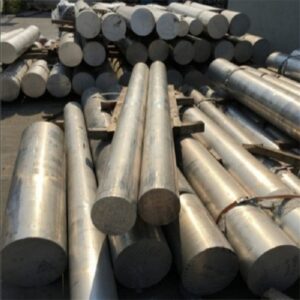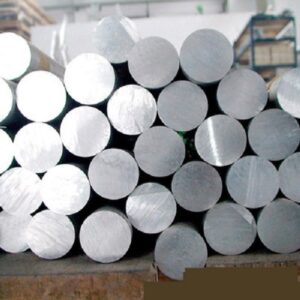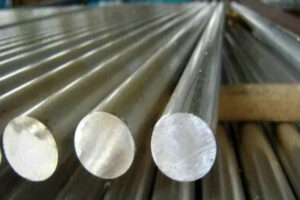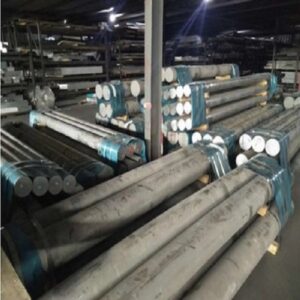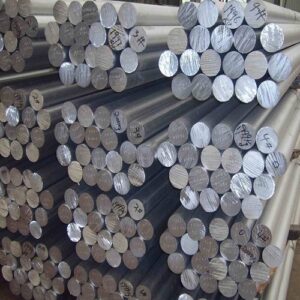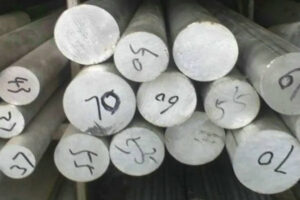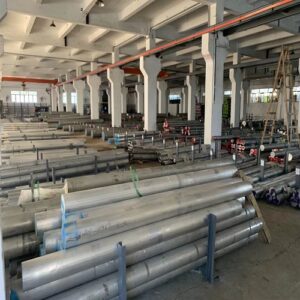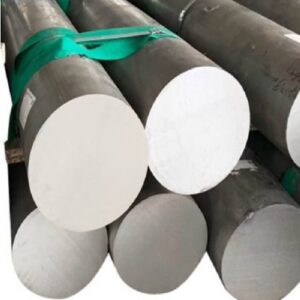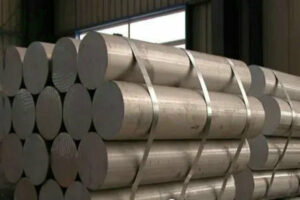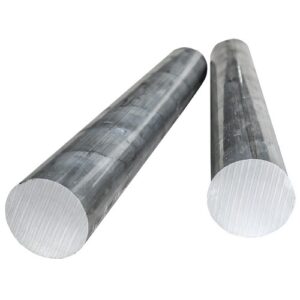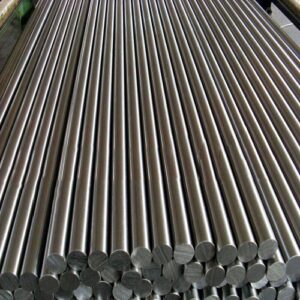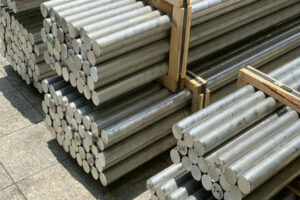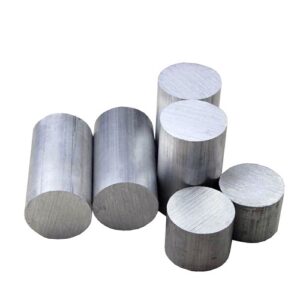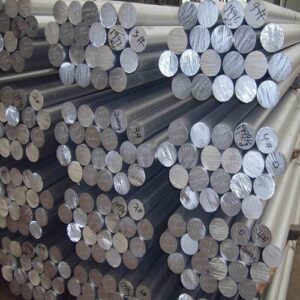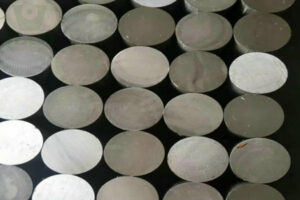Are you searching for high-quality 6063 Aluminum Bar Suppliers and Manufacturers? As one of the professional 6063 aluminum bar suppliers and manufacturers in China, the aluminum bar we provide meets industry standards and has a very high-cost performance.
6063 aluminum bar is a widely used aluminum alloy with excellent corrosion resistance and processing properties, which is very suitable for use in the construction, automotive, and aviation fields. We provide 6063 aluminum bars in various specifications to ensure that customers with different needs are met.
We offer competitive prices and we have sufficient inventory to ensure timely supply. If you need detailed price information or want to obtain the latest 6063 aluminum bar inventory, please feel free to contact us and we will respond to your message within 24 hours!
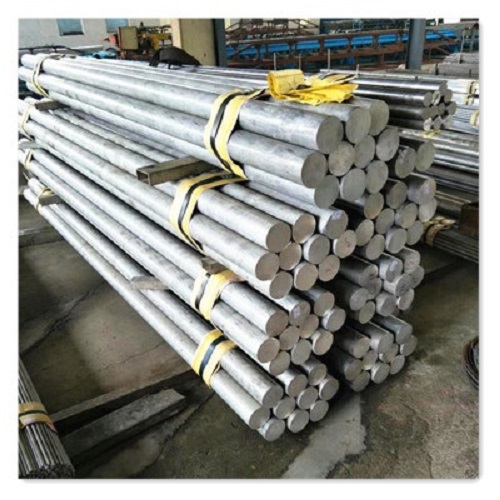
6063 Aluminum Bars Specifications
Standards: ASTM B221, B211, B565, B316 3003, DIN AlMnCu
Aluminum bar form: Aluminum round, hexagonal, flat, semi-circular, oval, rectangular black, and glossy finish
Aluminum round bar diameter: 0.1-600mm, etc.
Aluminum hexagonal bar: 0.1-600mm, etc.
Aluminum angle bar size: 0.5mm*40mm*40mm-20mm*400mm*400mm
Aluminum flat steel thickness: 0.1-600mm, etc.
Aluminum flat bar size: 1-2500mm, etc.
Aluminum round bar length: 1-12m, random, fixed, and cut length or according to customer requirements
Product Introduction
It has excellent processing performance, excellent weldability, and excellent anodizing effect
(1) 6063 aluminum alloy material. The main alloying elements are magnesium and silicon, with excellent processing performance, excellent weldability, extrusion and plating, good corrosion resistance, toughness, easy polishing, coloring film, and excellent anodizing effect, is a typical extrusion alloy.
6063 aluminum alloy profiles are widely used in pipes, rods, and profiles for building profiles, irrigation pipes, vehicles, benches, furniture, lifts, fences, and other advantages due to their good plasticity, moderate heat treatment strength, good welding performance and gorgeous color after anodic oxidation treatment.
(2) 6063 is a low-alloyed Al-Mg-Si high-plasticity alloy. It has many valuable features:
1. Heat treatment is strengthened, the impact toughness is high, and it is not sensitive to notches.
2. Excellent welding performance and corrosion resistance, no stress corrosion cracking tendency, in the heat treatment of reinforced aluminum alloys, Al-Mg-Si alloy is the only alloy that has not found stress corrosion cracking phenomenon.
3. The surface is very smooth after processing and easy to anodize and color. The disadvantage is that after quenching if it is parked at room temperature for some time, it will adversely affect the strength (parking effect) in terms of aging.
6063 Aluminum Bar Data Sheet
Chemical Composition
Alloy grade | Si | Fe | Cu | Mn | Mg | Cr | Zn | Ti | Zr | other | AL | |||
New grade | Old grade | 0.2-0.6 | 0.35 | 0.10 | 0.15 | 0.6-0.9 | 0.05 | 0.15 | 0.10 | —— | each | total | ||
6063 | LD31 | 0.05 | 0.15 | Allowance | ||||||||||
Mechanical Properties
Here is a table displaying the mechanical properties of 6063 aluminum bar in different tempers:
| Property | 6063-T6 | 6063-T5 | 6063-T52 | 6063-T4 | 6063-O |
|---|---|---|---|---|---|
| Tensile Strength (MPa) | 205 – 245 | 170 – 210 | 140 – 185 | 130 – 185 | 85 – 130 |
| Yield Strength (MPa) | 170 – 200 | 110 – 150 | 110 – 145 | 60 – 105 | 35 – 55 |
| Elongation (%) | 8 – 12 | 8 – 12 | 12 – 15 | 12 – 18 | 18 – 25 |
| Hardness (HB) | 60 – 70 | 55 – 65 | 50 – 60 | 45 – 55 | 30 – 35 |
T6 Temper: Solution heat-treated and artificially aged, offering high strength and good mechanical properties.
T5 Temper: Cooled from an elevated temperature shaping process and artificially aged, providing good mechanical properties and high strength.
T52 Temper: Stress-relieved by stretching and artificially aged, providing good mechanical properties and moderate strength.
T4 Temper: Solution heat-treated and naturally aged to a substantially stable condition, offering a good balance of strength and flexibility.
O Temper: Annealed, providing the highest ductility and the lowest strength.
Physical Properties
| Aluminum alloy grade and state | Coefficient of thermal expansion | Melting point range (℃) | electrical conductivity 20℃(68℉) (%IACS) | Resistivity20℃(68℉) Ωmm2/m | density (20℃)(g/cm3) |
| 6063-T6 | 23.4 | 615-655 | 53 | 0.033 | 2.8 |
Quality Characteristics
Density: 2.80g/cm³.
Modulus of elasticity: Tensile: 68.3GPa (9.91×106psi), Shear: 25.8GPa (3.75×106psi), Pressurized: 69.7GPa (10.1×106psi)
Poisson’s ratio: 0.33.
Typical Uses
6063 aluminum alloy is widely used in building aluminum doors, windows, curtain wall frame, in order to ensure that doors, windows, curtain wall has high wind pressure resistance, assembly performance, corrosion resistance and decorative performance, the comprehensive performance of aluminum alloy profile requirements are much higher than industrial profile standards.
6063 Aluminum Bar Packages
The following is our company’s standard aluminum bar export packaging. If the customer has any packaging requirements, our company can meet them.
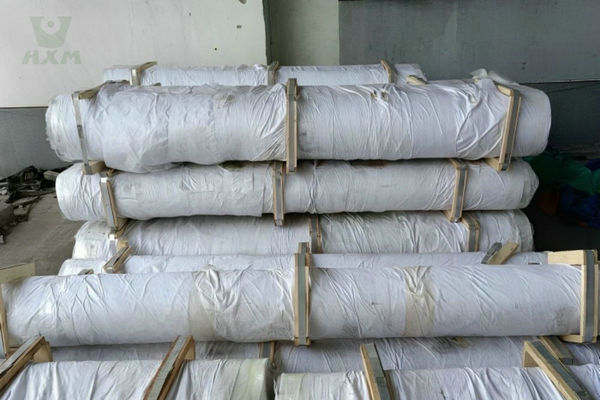
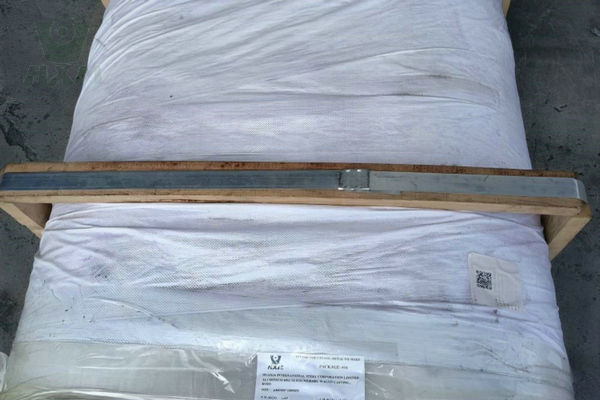
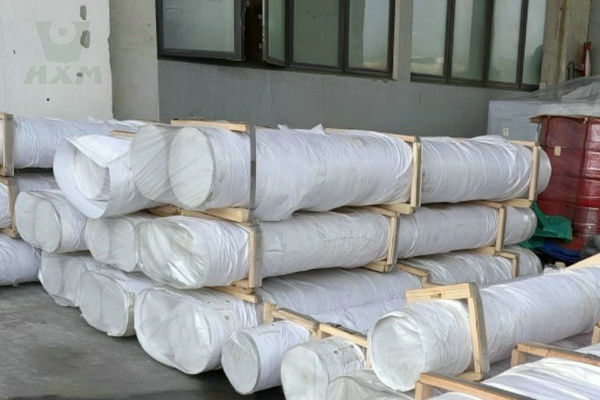
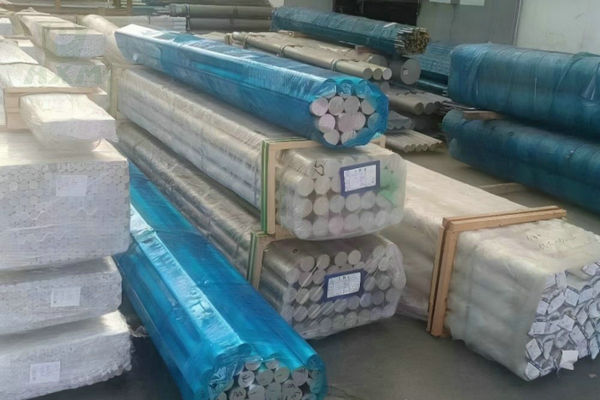
FAQ
What is 6063 Aluminum Bar?
6063 Aluminum Bar is an aluminum alloy composed primarily of aluminum, magnesium, and silicon. Known for its good mechanical properties, corrosion resistance, and high surface finish, it is ideal for architectural applications such as window frames, irrigation pipes, and other extruded shapes used in building and construction.
Can you Bend 6063 Aluminum Bar?
Yes, you can bend 6063 aluminum bars. 6063 aluminum is known for its good formability, making it suitable for bending, especially when in the O or T4 temper. However, the ease of bending and the achievable bend radius will depend on the temper and thickness of the bar.
For best results, it’s recommended to perform bending operations on 6063 aluminum bars in the O (annealed) or T4 temper, as these conditions provide greater ductility and reduce the risk of cracking.
Is 6063 Aluminum Bar Weldable?
Yes, the 6063 aluminum bar is weldable. It exhibits good weldability, especially when using methods such as TIG (Tungsten Inert Gas) or MIG (Metal Inert Gas) welding. For best results, it is important to use the proper filler material, typically the 4043 or 5356 aluminum alloy filler rod. Post-weld heat treatment can help restore the material’s mechanical properties if needed.
6061 t6 vs 6063 t52 Aluminum Bar
6061-T6 Aluminum Bar:
Strength: 6061-T6 has higher tensile strength, typically ranging from 290 to 320 MPa (42,000 to 46,000 psi). It is known for its excellent mechanical properties, making it suitable for high-stress applications.
Applications: Commonly used in aerospace, automotive parts, and structural components where strength and durability are critical.
Hardness: Harder compared to 6063-T52, with a hardness range of 95 HB.
Machinability: Excellent machinability, which is beneficial for precision parts and complex shapes.
Weldability: Good, but the strength of the weld may not reach the level of the base material.
Corrosion Resistance: Good, but not as high as 6063 in certain environments.
6063-T52 Aluminum Bar:
Strength: 6063-T52 has lower tensile strength compared to 6061-T6, typically around 140 to 185 MPa (20,000 to 27,000 psi). It is designed for applications where moderate strength is sufficient.
Applications: Often used in architectural applications, window frames, and irrigation tubing where a good surface finish and formability are more critical than maximum strength.
Hardness: Softer compared to 6061-T6, with a hardness range of 50 HB.
Machinability: Good machinability and excellent surface finish, which is ideal for applications requiring an aesthetic appeal.
Weldability: Excellent, with good results in welding operations.
Corrosion Resistance: Excellent, making it suitable for outdoor and marine environments.
6063 Aluminum Bar VS Other Aluminum Bars
6063 Aluminum Bar vs 6001 Aluminum Bar:
Strength: The 6063 aluminum bar has lower strength compared to the 6001 aluminum bar. 6001 is better suited for structural applications where higher strength is required.
Applications: 6063 is commonly used in architectural applications such as window frames and decorative trim, while 6001 is preferred for structural components like railings and supports.
Weldability: Both alloys have good weldability, but 6063 offers a superior surface finish and aesthetic appeal.
Corrosion Resistance: Both provide good corrosion resistance, though 6063 is often used in more exposed environments due to its excellent resistance.
6063 Aluminum Bar vs 6005 Aluminum Bar:
Strength: The 6005 aluminum bar is stronger than the 6063 aluminum bar. This makes 6005 more suitable for structural applications such as platforms and industrial frames.
Applications: 6063 is used in architectural applications where a high-quality finish is essential, such as window frames and irrigation tubing. 6005 is used in structural applications requiring greater strength.
Weldability: Both alloys are weldable, but 6063 is often chosen for its better surface finish and ease of forming intricate shapes.
Corrosion Resistance: Both have good corrosion resistance, though 6063 may be preferred for its superior appearance in outdoor applications.
6063 Aluminum Bar vs 6061 Aluminum Bar:
Strength: The 6061 aluminum bar is significantly stronger than the 6063 aluminum bar, making it suitable for demanding structural and aerospace applications.
Applications: 6063 is used for architectural applications where aesthetics and weldability are important. 6061 is used in structural components, automotive parts, and aerospace due to its higher strength and machinability.
Weldability: Both alloys have good weldability, but 6063 is preferred for applications requiring a smooth surface finish.
Corrosion Resistance: 6063 offers slightly better corrosion resistance, but 6061 provides good resistance and is often used in environments where higher strength is needed.
